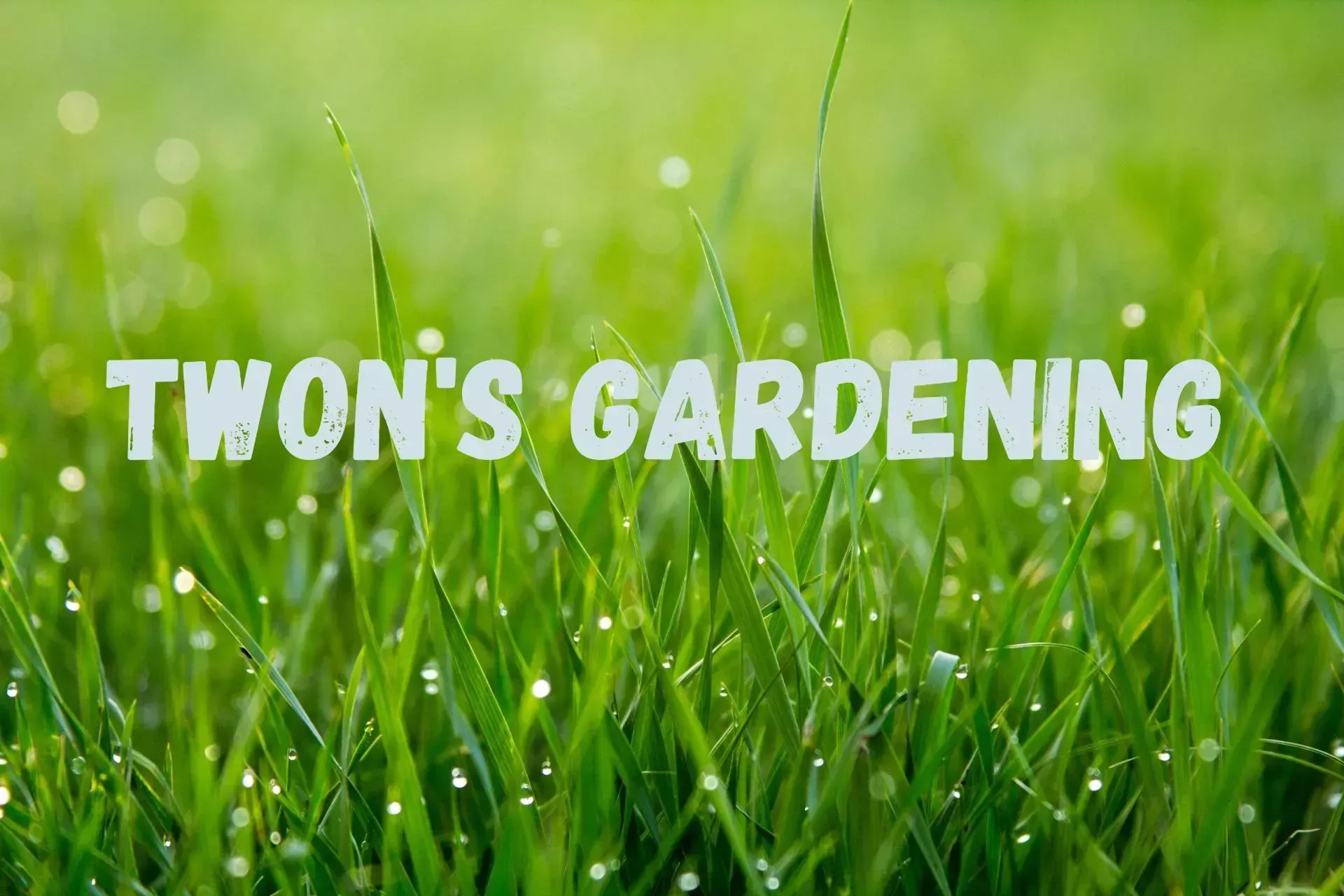Lawn Care
Typically, moss and weeds take over when the lawn has been cut too short at the wrong time of year. This can occur due to damp soil that lacks sufficient sunlight, nutrient-deficient grass that has not been cut regularly and often, or acidic soil.
Moss, weeds, and grass compete for the same space. If the grass is not strong and healthy, moss and weeds will retaliate.
When moss or weeds grow in small patches, it is advisable to remove them before they spread and attempt to dominate, as exemplified in the image I have attached.
When moss begins to appear, it serves as an indication that the soil’s pH levels are not suitable for grass growth. Maintaining appropriate soil pH levels will deter moss and most weeds. In such cases, moss removal will be necessary.
After soil treatment, scarification, aeration, and lawn sand will be required to prevent moss from returning. Overseeding and topsoil will help regrow new grass in the bare areas.
Alternatively, the entire top layer of turf can be removed and replaced with new turf after treatment.
Both methods are time-consuming and can be costly.
Patchy, long, brown grass is often caused by poor drainage, infrequent grass cutting, children playing football and dogs running in the garden, or even dragonfly larvae.
Regular maintenance is a simple solution, along with temporarily separating the affected areas of the lawn to allow the grass to recover. Lawn leveling may also be necessary. Overseeding and topsoil in the patchy areas will help regrow new grass.
Achieving a perfect, top-quality lawn requires significant attention. Therefore, it is essential to consider this when requesting lawn care services.
Lawn care
TAGLINE








